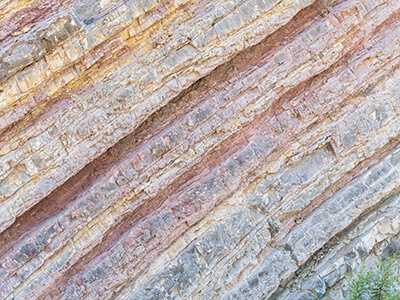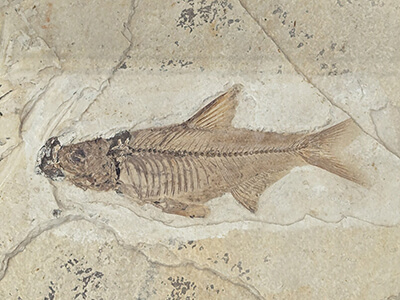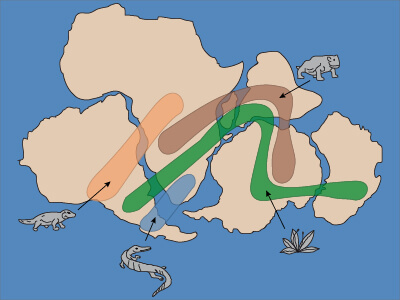5 | Rocks, Fossils and Earth History
Rocks, Fossils and Earth History
- Rocks contain a record of past geological and biological events.
- The study of rock strata (rock layers) reveals information about:
- When rocks were formed.
- How Earth’s physical environment has changed over time.
- The occurrence of past earthquakes and volcanoes.
- The evolution of life.
- Many rocks contain fossils, which are preserved remains or traces of organisms from a previous age.
- Fossils are mostly found in sedimentary rock.
- The study of fossils has revealed how life on Earth has evolved over time.
- It has also contributed to our understanding of how Earth itself has changed over time.
- For example:
- The presence of the same types of fossils on separate continents shows that these continents were once joined.
- The presence of marine fossils on land shows that these regions were once oceans.
- The ability to date rocks and fossils has lead to the development of the geological time scale – a timeline that divides Earth history into intervals that correspond with major geological and biological events.



Rocks contain information about past geological and biological events.
(Images: MiguelAngel, Adobe Stock; Syced, Wikimedia Commons; Osvaldocangaspadilla, Wikimedia Commons)

